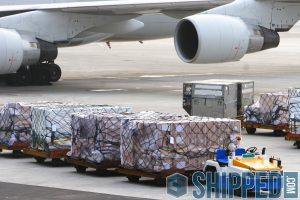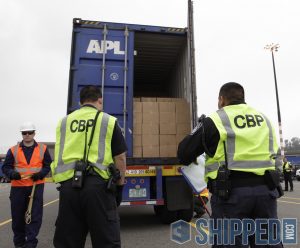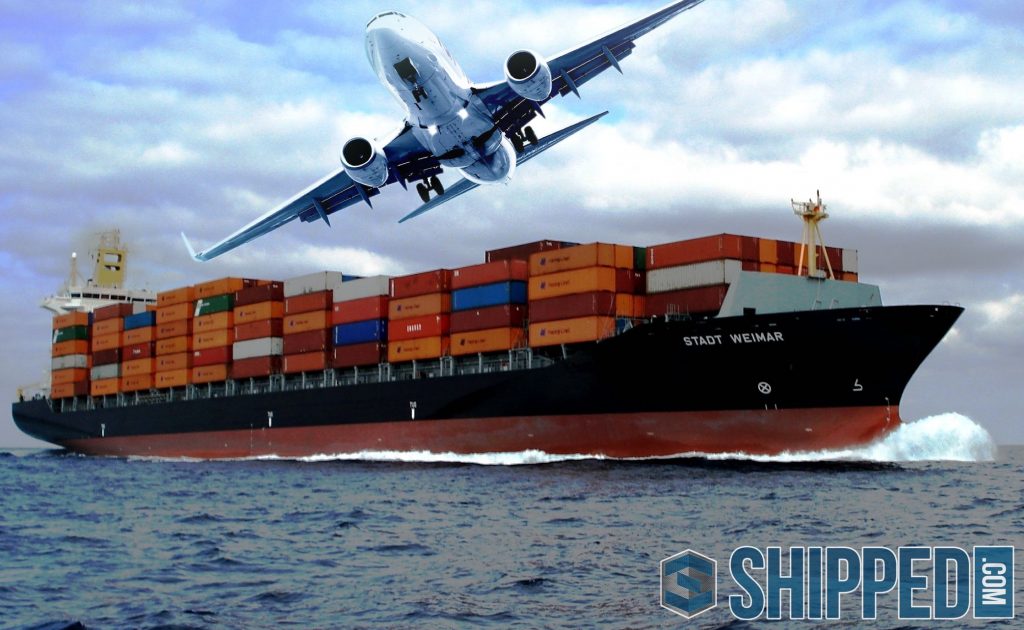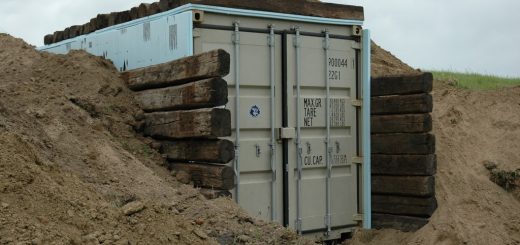Shipping by Air vs Sea: Choosing a Shipping Method
Choosing whether to utilise air freight or sea freight in transporting your cargo is not an easy task. This choice is influenced by the urgency or the budget of your shipment. Below are some helpful factors to consider which shipping method is best suited for your shipment:
 2. Cost of Transport — Generally air freight costs are higher than sea freight but there are circumstances that this is not true. For example, using air freight for less container loads (LCL) is cheaper than sea freight while Sea freight is cheaper for heavier cargo and full container load (FCL).
2. Cost of Transport — Generally air freight costs are higher than sea freight but there are circumstances that this is not true. For example, using air freight for less container loads (LCL) is cheaper than sea freight while Sea freight is cheaper for heavier cargo and full container load (FCL).movement of goods are avoided. Airport customs work faster than sea port customs which means your goods will be cleared and delivered within days of hitting the ground.
 6. Keep The Packaging — If you choose to buy a shipping container, then you use it to ship your goods by cargo ship you can keep the empty container(s) when your shipment is completed. You’ll need to have your container inspected and certified by a qualified surveyor before you load it. The surveyor will check the structural integrity of the unit, add a new ACEP sticker and issue you with a certificate.
6. Keep The Packaging — If you choose to buy a shipping container, then you use it to ship your goods by cargo ship you can keep the empty container(s) when your shipment is completed. You’ll need to have your container inspected and certified by a qualified surveyor before you load it. The surveyor will check the structural integrity of the unit, add a new ACEP sticker and issue you with a certificate.7. Environmentally friendly — Sea freight is a more environmentally friendly choice than air freight because carbon dioxide emissions are higher in air freight. Airports on the other hand may be closer to your point of delivery when compared to a shipping port, so if a truck was utilised to transport your goods hundreds of Miles from the sea port there may be no savings in emissions.
Are you interested in buying a new or used shipping container at the lowest possible price along with the best delivery terms available? Shipped.com saves you real time and money, enabling you to see instant pricing, including delivery and checkout safely all online! See Shipping Container Prices Now…






Recent Comments